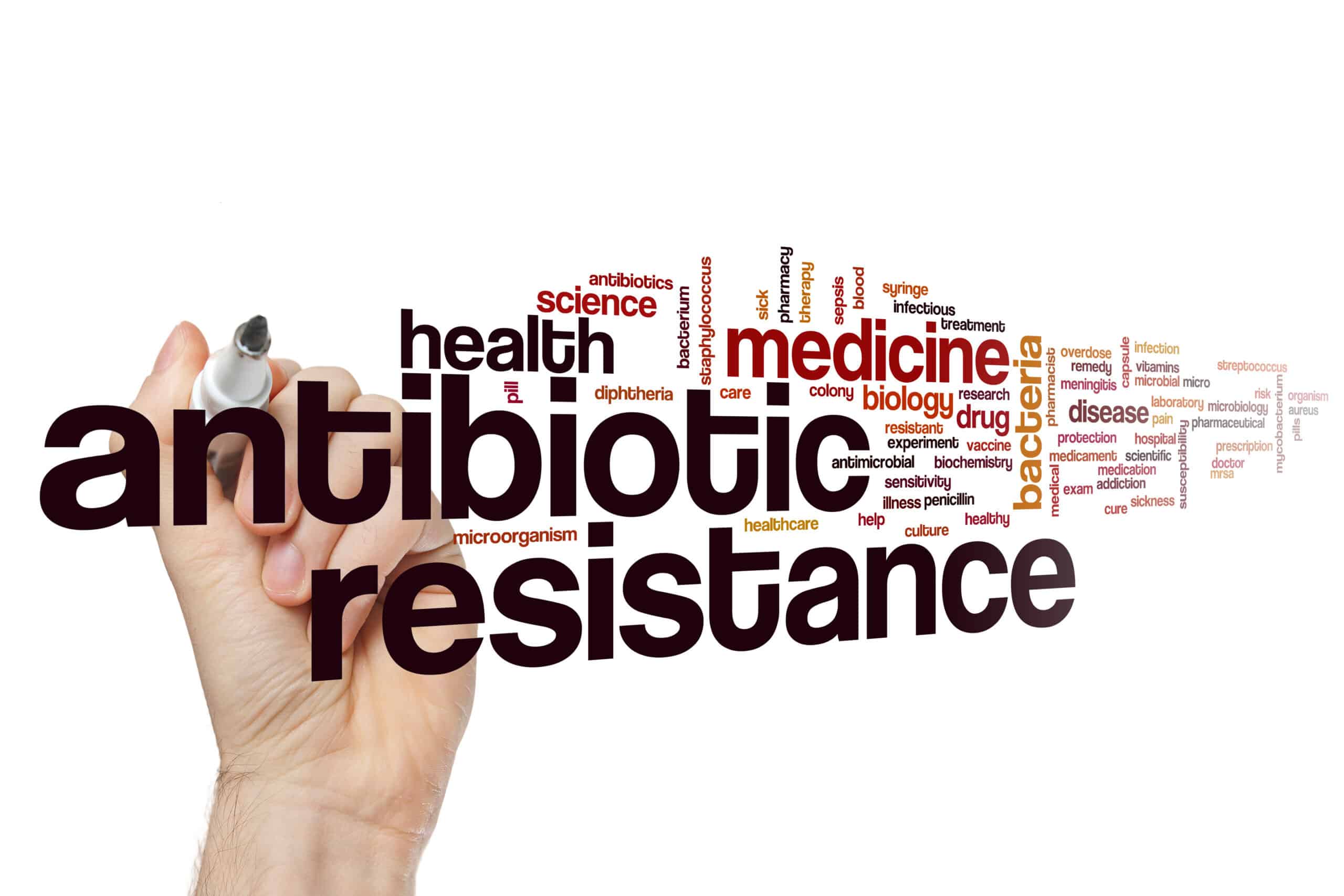Misuse and overuse of antibiotics has brought about widespread antibiotic resistance. Specific combinations can be helpful in fighting multidrug resistant infections, but such combinations are for the most part largely unexplored and rarely used in clinics. Which has led to this study being the first large scale screening of its kind to systematically study and profile close to 3000 drug combinations on 3 different disease causing bacterias and their paired effects, as well as with other drugs and food additives in different species.
Many investigated drug combinations were observed to lessen antibiotic effects, over 500 drug combinations were found to improve antibiotic outcomes. Researchers tested a selection of the positive combinations in multidrug resistant bacteria, isolated from infected hospital patients which were found to improve antibiotic effects.
Spectinomycin when paired with vanillin helped the antibiotic to enter bacterial cells and inhibit growth. Spectinomycin was developed to treat gonorrhoea but rarely used now due to resistance, combination with vanillin made it relevant once more and use for other disease causing microbes. According to the researchers this combination was the most effective and promising synergies they identified of all tested. Alternatively vanillin was found to lessen the effects of many other antibiotics, working in a way similar to aspirin does to decrease activity.
Combinations of drugs that decrease effects of antibiotics may be beneficial as antibiotics can lead to collateral damage and side effects because they target healthy bacteria as well, effects are highly selective and often effect only a few bacterial species, drug combinations may be used to selectively prevent harmful effects of antibiotics on healthy bacterias; decreasing antibiotic resistance development as healthy bacteria would not be pressured to evolve resistance to be transferred to dangerous bacterias.
Although the compounds being investigated have been approved for safe usage in humans additional studies and trials must be conducted to test the effectiveness of combinations. Investigations will lead to more novel combinations and understandings of some of the general principles of drug interactions allowing more rational selections of combinations which may be more broadly applicable towards other therapeutic areas.




